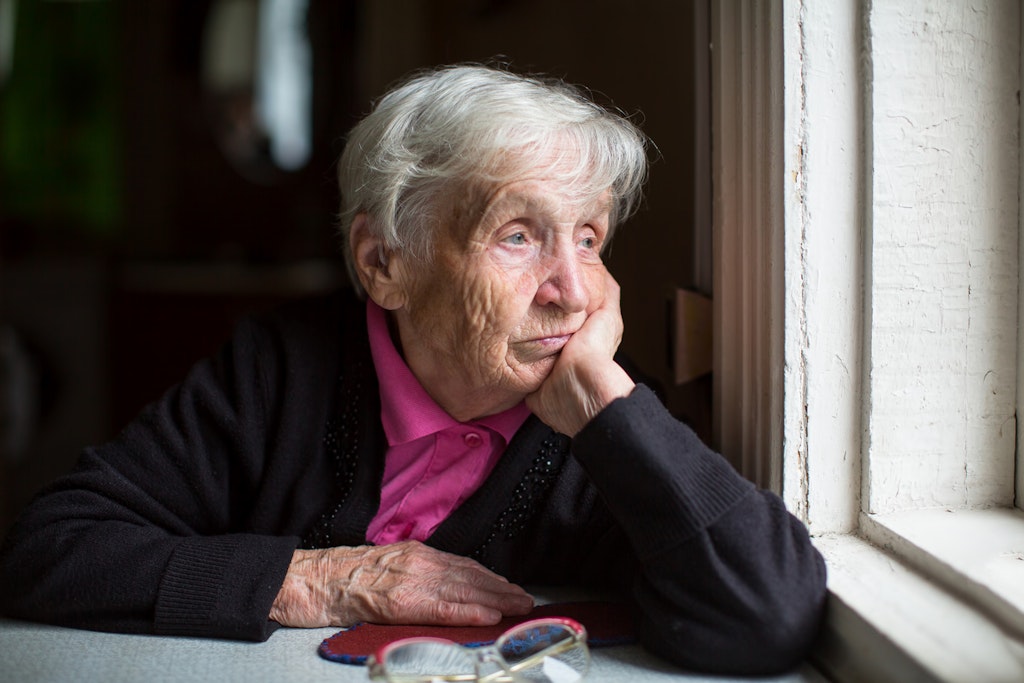Interim funding leaves providers stretched and older people short on care
Last updated on 23 November 2025

The federal government’s interim approach to Support at Home is starting to show cracks. Older Australians approved for home care are being placed on interim packages funded at only 60 per cent of their assessed budget, with no maximum time limit on how long they may remain under-funded. The model was meant to help people start receiving support sooner. Instead, it is exposing gaps across the system and placing additional strain on providers.
This shift comes at a time when delays are already stacking up. More than 108,000 older Australians were waiting for a home care package by mid-2025 after the reform delay created a backlog. Some were forced to wait up to nine months just for an assessment before they could even join the queue. There is still no set timeframe for when a person on a 60 per cent interim package can expect the remaining 40 per cent to be released.
Providers carrying the shortfall
Providers say the interim model does not match the reality of people’s needs. They are expected to deliver safe and meaningful support on a budget that has been cut almost in half. It forces them to prioritise only the most critical tasks and leave other essential supports on hold.
The warnings are coming from across the sector. Several in-home care organisations have described the new settings as financially and operationally unrealistic. Rising costs, inflexible rules and assessment delays are leaving providers unable to deliver the full care plans older people have been assessed for. Cashflow is a significant risk for smaller and regional providers, who must keep staff and services in place while operating on a reduced per-client budget.
The distress among older people is landing at providers’ feet. Clients want to know why their care plans cannot be carried out in full, why services are being rationed and why they remain stuck on partial funding without a clear end date.
Older people receiving less than they need
For older Australians, the consequences are immediate and personal. A 60 per cent package may cover showers, meals and basic assistance, but rarely stretches to the full suite of supports that keep a person well. Many are receiving only fragments of what they were assessed for. Others are declining services altogether because interim funding, coupled with new co-payments, leaves them unable to afford the hours they need.
Advocates are hearing exactly these stories. National Seniors CEO Chris Grice has warned about the impact of co-payments on essential supports, saying “we need to make sure that poor access to showering services doesn’t actually create more hospital admissions.” The Older Women’s Network has gone further, with chair Beverley Baker stating “a shower is essential hygienic care. To make people choose between paying for food or paying to get washed is really an obscenity.”
Providers echo this concern. An Australian Unity spokesperson noted that “personal care is a deeply personal service. From our perspective it is more akin to a clinical service and should be treated that way.” If essential daily care is treated as optional, the health risks escalate quickly.
Advocates call for clarity and limits
COTA Australia and OPAN have made it clear that this interim model cannot be allowed to drift indefinitely. OPAN Director of Policy Samantha Edmonds has stated that “older people should not have to wait more than 30 days for in-home support.” Both COTA and OPAN are now pressing the government for greater clarity and a formal commitment on the maximum length of time an older person can be left on an interim package.
They argue that interim funding should be a short, tightly managed transition arrangement, not an open-ended stage of someone’s care journey. Without a limit, older Australians risk becoming trapped in a half-funded holding pattern while their health declines and their care plans remain incomplete.
A vulnerable system tested again
The interim package model was intended to relieve pressure. Instead, it has revealed how thin the system already is. Providers are being asked to do more with less. Older people are being asked to accept fewer services than they were assessed as needing. And the government has yet to answer the most basic question: how long is too long to wait for the rest of your care?
Until the funding is aligned with assessed need, and until clear limits are placed on interim arrangements, both providers and older Australians will continue to bear the consequences.